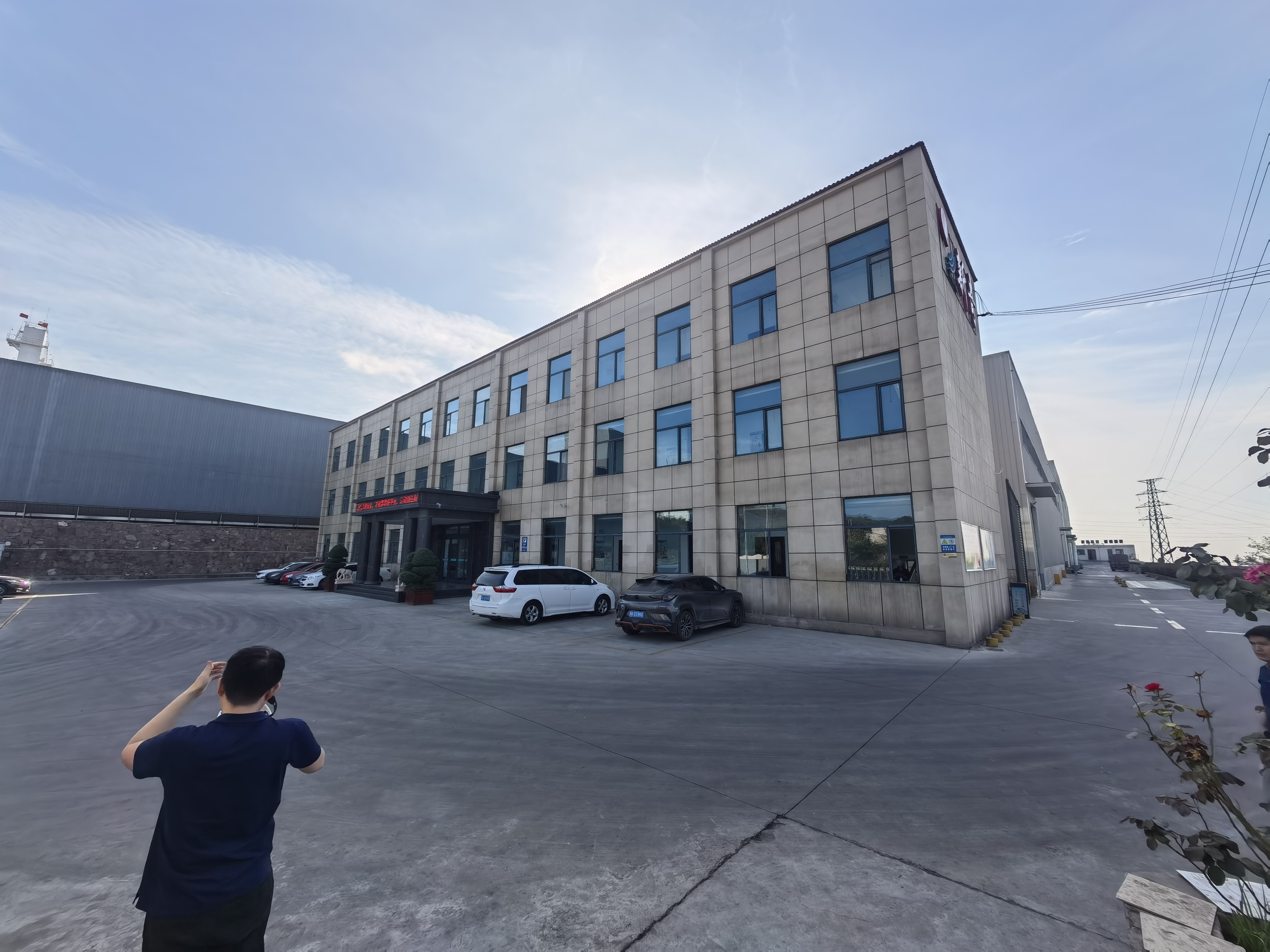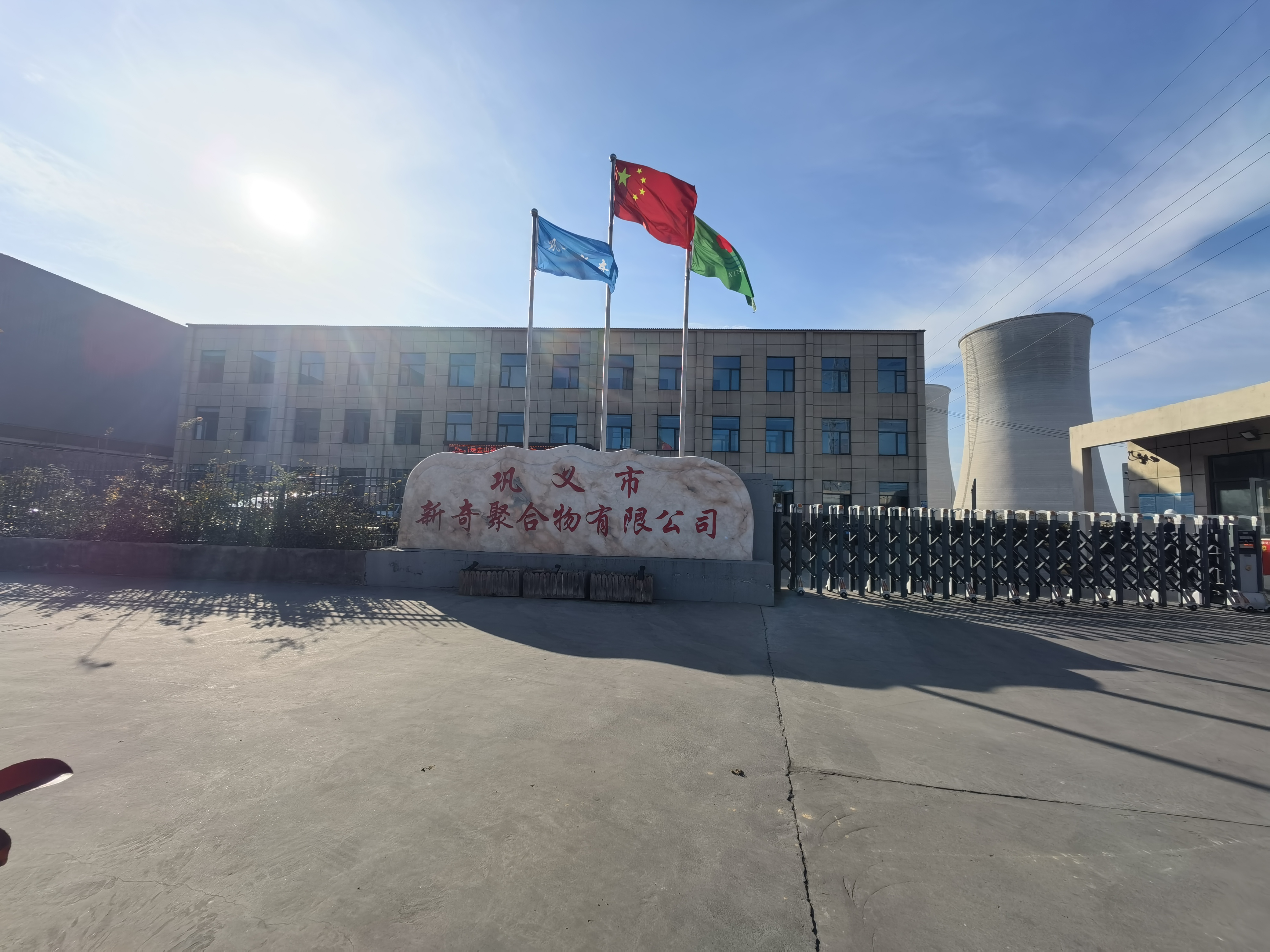Chemicals Used in Wastewater Treatment: Purifying Our Planet
Wastewater treatment is a critical process that ensures water is purified before being released back into the environment. It involves the use of various chemicals that play unique roles in removing contaminants, neutralizing harmful substances, and maintaining water quality. Let’s explore the essential chemicals used in wastewater treatment and their significance in safeguarding our planet’s water resources.
1. Coagulants and Flocculants
Coagulants and flocculants are used to remove suspended particles and turbidity from wastewater. Common coagulants include aluminum sulfate (alum) and ferric chloride, which destabilize particles. Flocculants, such as polyacrylamide, help clump these particles together, making it easier to remove them through sedimentation or filtration.
2. pH Balancers
Maintaining the proper pH level in wastewater is essential for effective treatment. Chemicals like lime, sodium hydroxide, and sulfuric acid are used to adjust pH levels. A balanced pH ensures that other treatment processes, such as biological treatment, work efficiently without harming aquatic life downstream.
3. Disinfectants
Disinfectants are crucial for eliminating harmful microorganisms in wastewater. Chlorine, ozone, and ultraviolet (UV) light are commonly used to disinfect treated water. Chlorine, for instance, is effective but requires careful handling to avoid harmful byproducts.
4. Anti-Foaming Agents
Foaming can disrupt wastewater treatment processes, making anti-foaming agents essential. These chemicals reduce surface tension, preventing foam formation and ensuring smooth operation. Silicone-based anti-foaming agents are particularly effective and widely used in treatment plants.
5. Odor Control Chemicals
Wastewater can produce unpleasant odors due to the decomposition of organic matter. Chemicals like hydrogen peroxide, potassium permanganate, and activated carbon are employed to neutralize odors and improve air quality around treatment facilities.
6. Nutrient Removal Chemicals
Excess nutrients like nitrogen and phosphorus in wastewater can cause eutrophication in water bodies. Chemicals such as aluminum sulfate and ferric chloride help remove these nutrients, preventing harmful algal blooms and maintaining ecological balance.
Conclusion
The chemicals used in wastewater treatment are vital for ensuring clean and safe water. From coagulants and disinfectants to odor control agents, each chemical plays a unique role in the purification process. As we continue to advance wastewater treatment technologies, these chemicals will remain indispensable in protecting our water resources and preserving environmental health.


